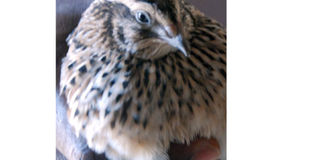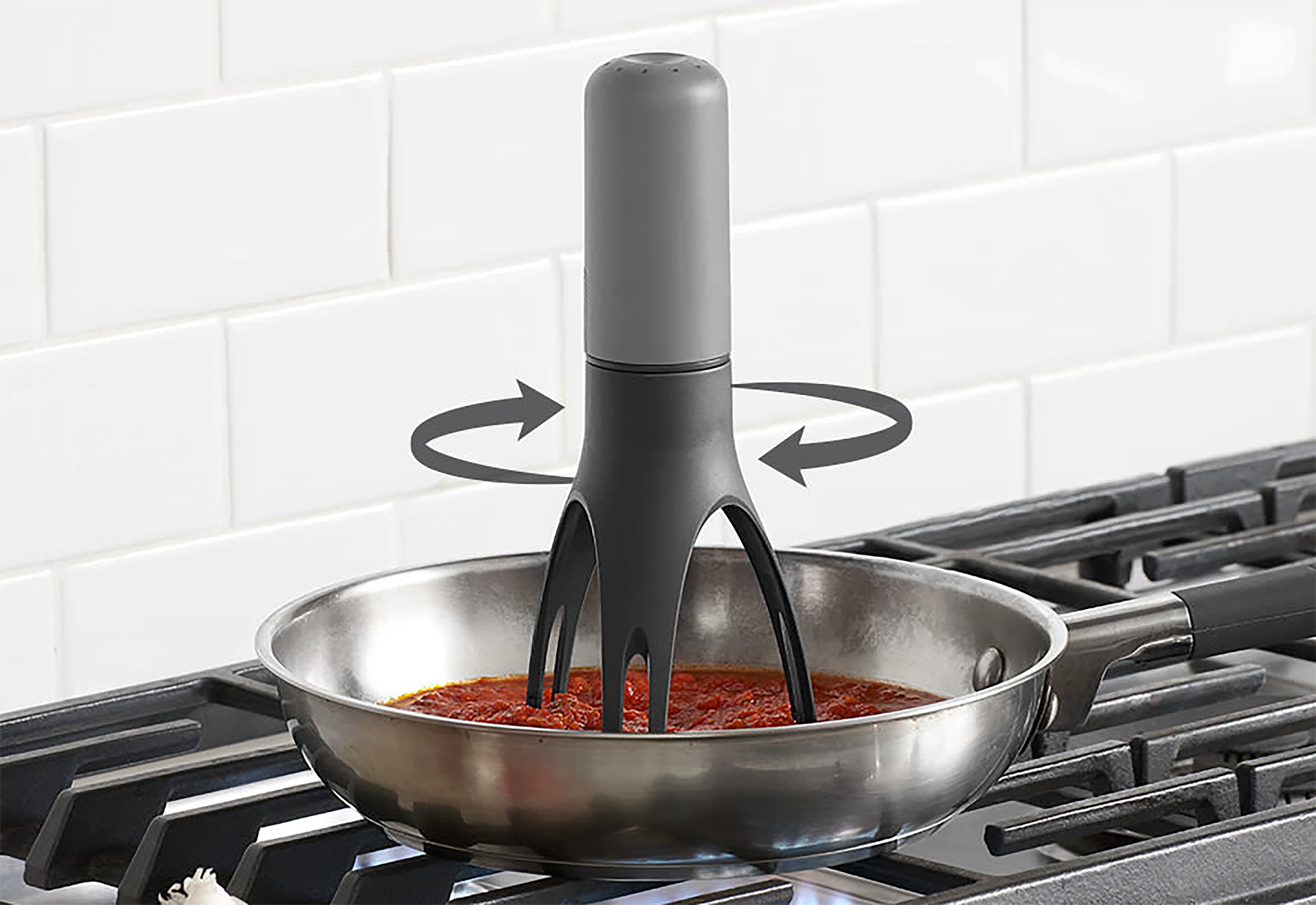Prime
The practice of rearing Quails

By the time a layer quail is four weeks old, it is ready to start laying eggs. Photo by Edgar R. Batte
What you need to know:
Sulah Ndaula has realised that though it is expensive at the start, breeding quails can bring in a handsome profit
Quail meat is not a common meal on the Ugandan menu. Neither is the bird commonly bred, but one man thinks that Ugandans are missing out by not rearing these birds.
Sulah Ndaula had for a long time heard of enkwale, the Luganda name for quails but cared less until he visited the Centre Songha in Benin in 2007. He was amazed at the model agricultural integration there but more so the quails.
When he returned to Uganda, he kept remembering the experience and this triggered his interest. He begun to do some research about this bird.
“I discovered it is a short bird which is very rich in protein. Their eggs take about 17 days to hatch and four weeks in a brooder. If you’re interested in broilers, these will only take you a fortnight,” he says.
Ndaula, a graduate with Masters in Agriculture Science explains as he takes me around his poultry project in a simple shelter adjacent to his main house in Kitiko-Mutungo in Lweza off the Kampala-Entebbe highway.
He says quails are short cycle birds because they mature early and start laying in the sixth week.
“Its egg incubates for 16 - 17 days. So, literately put, if you have an egg today, you will need eight weeks to have that egg begin giving you an egg per day. No other commercial bird performs this well,” he adds.
He tells me that he runs this project as a side income earner with his wife. He is also quick to add that a lighting system is very important. The chicks do well with some warmth just as is the case with chicken. “Each bird will feed on at least 17 grams of feed per day.
Unlike the hen which lays seasonally, a quail will lay at least an egg a day which will give the farmer averagely 300 eggs per year,” Ndaula says. He adds that under intensive light and good feeding a quail will lay even two eggs in a day.
If one is interested in quail farming, Ndaula says they have to learn the theory and practice of the bird’s life and then design everything for that purpose.
“If you choose to start with chicks, observe them very keenly when they are between one to two weeks of their life, in the third and fourth week, you may relax a little,” he says.
At his farm, he breeds foreign types, the Jumbo Brown and Texas A&M and notes that the latter breed are duo purpose.
“They are good layers and have tender meat with ability to gain weight from the sixth week. Jumbo Brown is mainly a layer though it is also consumed for meat,” Ndaula adds. But he’s quick to add that Texas A&M is harder to breed compared to Jumbo Brown.
“I imported both breeds from the USA. Of the 500 Texas A&M birds I imported, only four hatched and two lived to maturity unlike Jumbo Brown which hatched 325 birds of the 500,” Ndaula shares.
He explains that he had to import because there were no local quail poultry farmers to buy from. Importing was not easy as he had to endure the politics of shipping.
But he says he is already optimistic of selling from the parent stock. Since the birds can lay eggs by the time they are four weeks, he is sure of recouping his money in a year’s time.
He is now raising a parent stock and says that the old parent stock will be revitalised for weight gain through shortening the light exposure they get per day from 17 hours to eight hours and then slaughtered for the meat market.
“The broiler quail stores very limited fats making it a protein source for weight-sensitive people,” he adds.
He says a number of people have indicated interest in becoming outlet points for his products including table eggs, hatching eggs, chicks, and point-of-lay quails, cages and feeds.
“I have also early discussion with colleagues at the College of Agriculture – Makerere University and Doctors in Mbarara University – who want the quail and its eggs and meat for conducting research in different areas,” he reveals.
Facts about the birds
“A layer and broiler quail can be reared commercially up to two years, if reared for egg laying. If it is reared for meat - it will reach slaughter age at week six – eight weeks depending on the feeding regime the farmer puts the birds on,” Ndaula explains.
Quails are not commonly reared and Ndaula shares that his biggest challenge has been accessing a supplier of hatching eggs that can breed to establish the parent stock.
“Most breeders in Europe and USA don’t sell out of the continent. But, even when I was able to find a reliable supplier, I had to live with the reality that when quail eggs are supplied through air, only 40 per cent may hatch, because the variations in atmospheric pressure break the chalazae, which is like the umbilical cord of the chick, rendering the eggs infertile,” he says.
Costs involved
Ndaula says that one good thing about the quails is that one does not need to immunise them given their strong and natural immune system.
In terms of costs Ndaula says he spent $2,000 (approx.
Shs5.2m) on the incubating machine which can incubate up to 2,650 eggs at a go.
The caging/breeder cages cost him Shs400,000 including the labour for making and fixing them.
When the quails start laying, Ndaula plans to sell the eggs in 30 and 50 egg trays for Shs30,000 and Shs50,000 respectively, especially in the very short run where he says the interest in the birds will rise rapidly.
“But in the long run, with the scale up of quail farming groups in the country, I hope supply will eventually match demand, to bring the price to about Shs500 per egg.
A kilogramme of broiler quails will sell for Shs24,000 and each kilogramme will have three dressed quails.
But the price will come down tremendously too, in the long run,” he further states.




